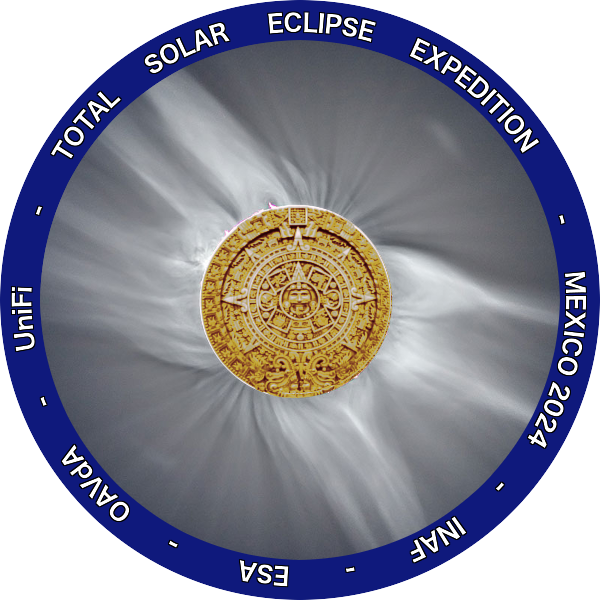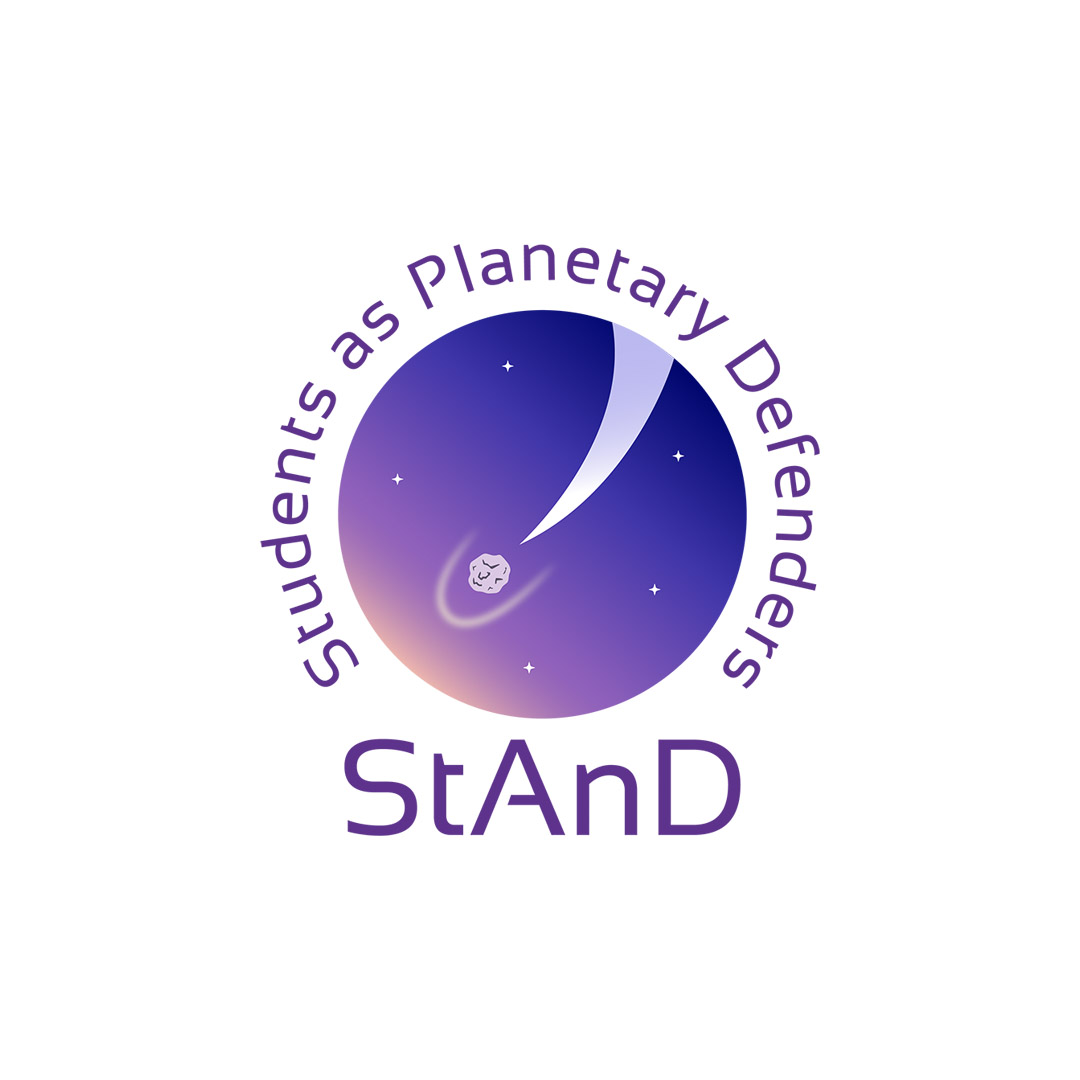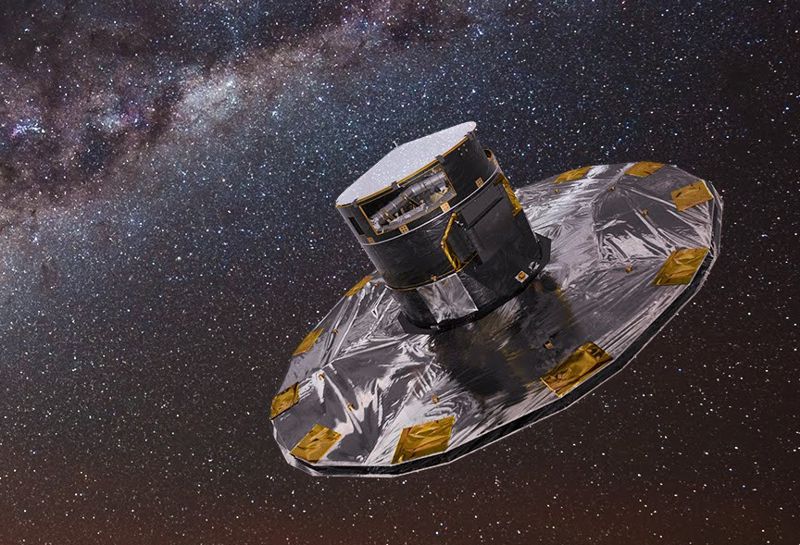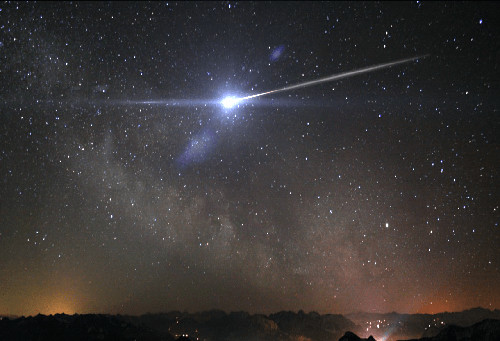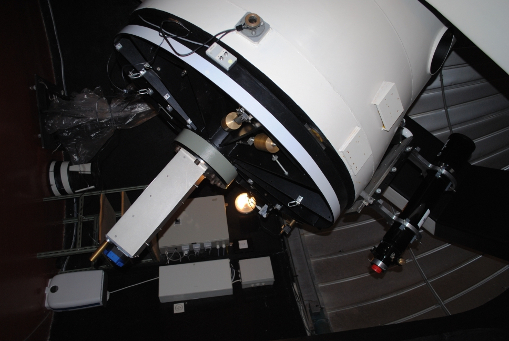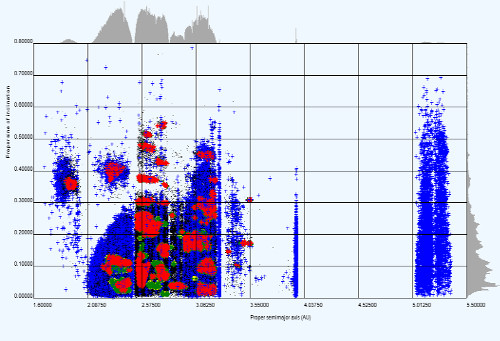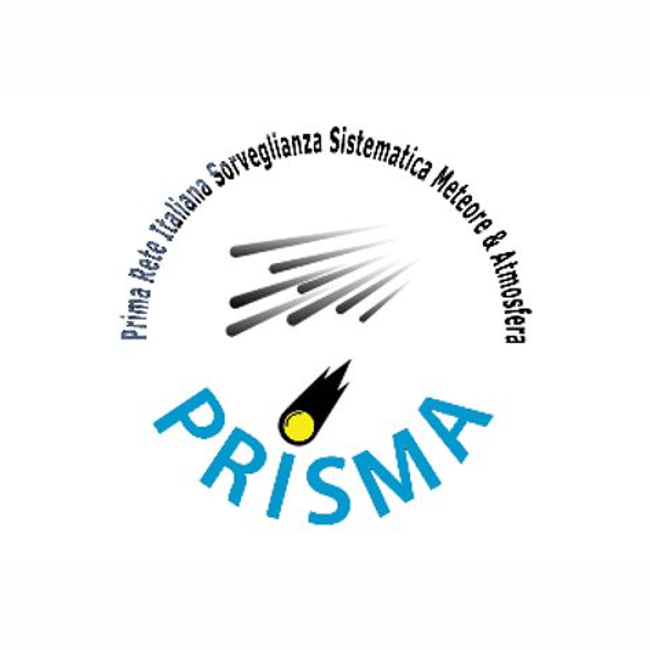
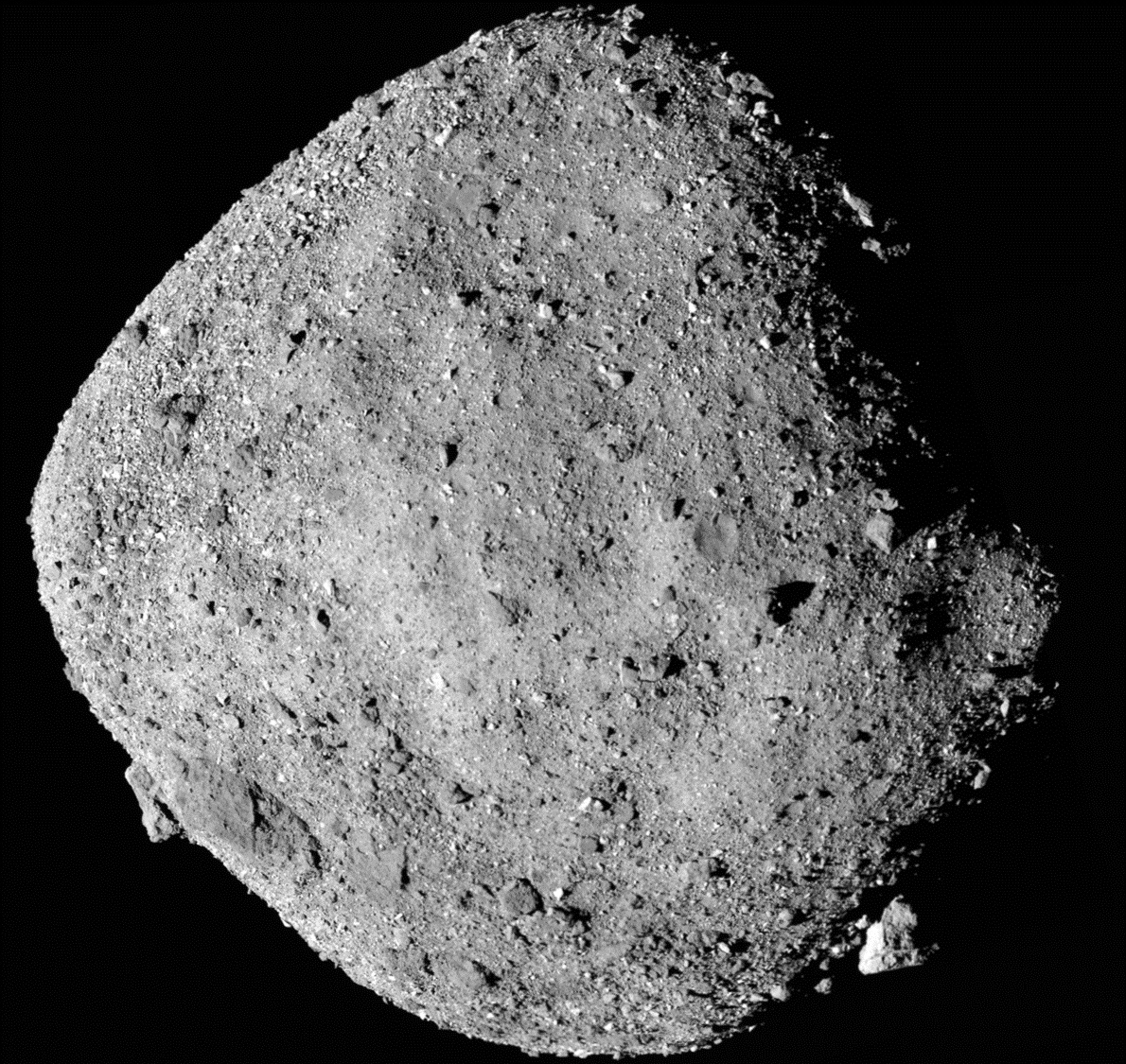
The Planetology Group of the Turin Observatory is mainly interested in the study of the physical properties of the minor bodies of the solar system, in particular the asteroids. The research activity is carried out with collaborations with the most important research institutes in Europe, U.K. , United States and China. The main activities include the determination of the physical properties of the asteroid population of the so-called main belt, between Mars and Jupiter, the modeling of their collisional evolution, and the identification and physical studies of the dynamic families of asteroids. The activity carried out includes both a theoretical and modeling aspect, and an observational aspect using spectroscopic, phometric and polarimetric investigation techniques.
For some years, a large investment of time and human resources has been devoted to the development to process data obtained by the ESA Gaia space mission, currently underway.
Gaia is one of the most important missions of the European Space Agency (ESA).
The Planetology Group of Turin is responsible of the development of the data processing software to derive the most important physical properties of the Solar System objects observed by Gaia. This includes a so-called “genetic algorithm” to derive from Gaia photometric data information about the rotation properties and overall shapes of the objects.
In the field of ground-based observations, the Turin group is among the world leaders in the field of investigations on the state of polarization of sunlight scattered by the asteroidal surfaces, and on the use of this information to infer important physical parameters of the surfaces of these objects.
In particular, the Turin group have discovered a new class of asteroids characterized by properties that suggest that these objects (the so-called Barbarian Asteroids) may be among the oldest objects of the Solar System.
In more recent years started a collaboration with INFN of Turin. The purpose is to study bright meteors and possibly find evidence of the existence of exotic matter (“nuclearites”)using observing facilities installed on the International Space Station. The first prototype of these facilities, named Mini-EUSO, is currently aboard and collects data at UV wavelengths. Preliminary results are being analyzed.
The observation from the ground of bright meteors (bolides, or fireballs) is another important activity of the Planetology Group of the Turin Observatory, who coordinates the PRISMA project, a national network of detectors covering a large part of the Italian regions. A major result of this activity has been the recent detection of the so-called New-Year fireball, observed by several PRISMA observing stations on Janbuary first, 2020, which led to the computation of the area of possible fall of a meteorite. This prediction has been fully confirmed by the discovery of a meteorite recovered on the ground in the village of Cavezzo (Modena),
according to expectations, just three days after its fall. This is a really big achievement for European studies of meteors.
Personnel
Researchers: D. Gardiol, F. Fenu
External collaborators: A. Cellino
PhD students: D. Barghini
Contacts
Alberto Cellino Email: alberto.cellino at inaf.it
Projects


